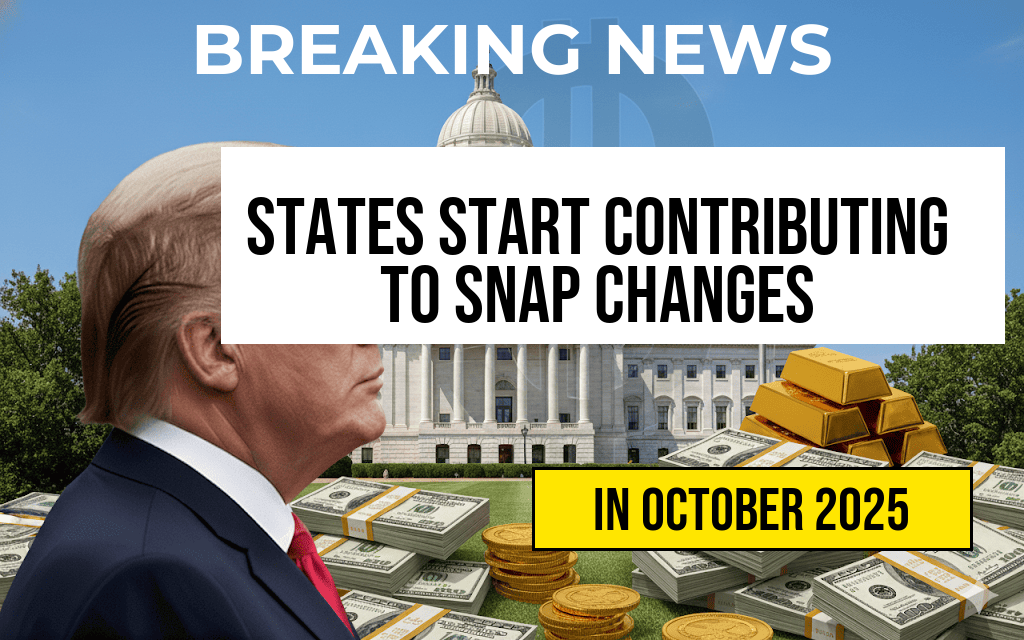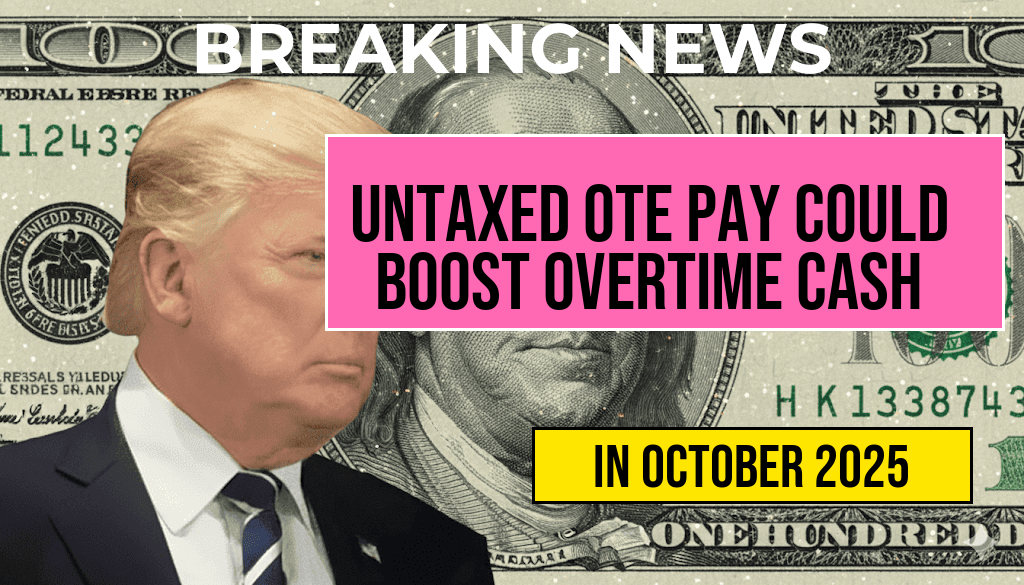As discussions surrounding the Supplemental Nutrition Assistance Program (SNAP) evolve, several states are beginning to implement significant changes that could impact millions of low-income households. These initiatives, collectively dubbed the ‘Big Bill’ SNAP shift, are projected to cost beneficiaries up to $30 billion over the next decade. The policy changes, aimed at addressing budgetary constraints and optimizing resource allocation, are sparking debate among lawmakers, advocates, and the communities that rely heavily on food assistance programs. The potential implications of these changes are vast, affecting not only the families who depend on SNAP but also the broader economy and local food systems.
Understanding the ‘Big Bill’ SNAP Shift
The ‘Big Bill’ SNAP shift refers to a series of legislative adjustments being proposed by various states as they navigate the complexities of federal funding for food assistance. These adjustments come at a time when the program itself faces scrutiny over its sustainability and effectiveness. Lawmakers argue that by modifying eligibility requirements and benefit levels, they can better manage the program’s expenditures while still providing essential support to those in need.
Key Changes in SNAP Policy
- Eligibility Criteria: Some states are tightening the income thresholds for SNAP eligibility, which may disqualify many current recipients.
- Benefit Reductions: There have been proposals to reduce the amount of monthly benefits provided to households, which could lead to decreased purchasing power for food.
- Administrative Adjustments: States are also exploring ways to streamline administrative processes, potentially leading to increased efficiency but also reduced access for some individuals.
Financial Implications for Households
The projected $30 billion reduction in SNAP benefits over the next decade raises significant concerns among advocates for low-income families. Many households rely on these benefits to afford basic necessities. As states implement these changes, families may find it increasingly difficult to put food on the table, leading to greater food insecurity.
Impact on Local Economies
Food assistance programs like SNAP play a crucial role in supporting local economies. According to research from the U.S. Department of Agriculture, every $1 in SNAP benefits generates about $1.50 in economic activity. As households face reduced benefits, local businesses that depend on consumer spending may also suffer, leading to a ripple effect throughout the community.
Community Reactions and Concerns
Community organizations and advocates are voicing their concerns about the potential fallout from the ‘Big Bill’ SNAP shift. Many fear that the proposed changes will disproportionately affect vulnerable populations, including children, the elderly, and people with disabilities. Advocates argue that reducing benefits undermines the fundamental purpose of SNAP: to provide a safety net for those who need it most.
Advocacy Efforts
- Public Awareness Campaigns: Nonprofit organizations are launching campaigns to raise awareness about the implications of the proposed changes and mobilize community support.
- Legislative Advocacy: Groups are working to influence lawmakers to reconsider the proposed adjustments and prioritize food security in future legislation.
- Research and Data Analysis: Analysts are compiling data to illustrate the potential economic consequences of reduced SNAP benefits, aiming to inform public discourse.
Looking Ahead
The future of SNAP remains uncertain as states begin to implement these changes. With the potential for significant impacts on millions of households, continued monitoring and advocacy will be essential. Policymakers must balance the need for fiscal responsibility with the imperative to ensure food security for the most vulnerable members of society.
As communities and lawmakers grapple with these challenges, the ongoing dialogue about SNAP will likely influence future legislation and funding decisions. The stakes are high, and the outcomes will affect not only those directly involved with the program but also the broader social and economic landscape.
For further information on the policy changes affecting SNAP, visit Forbes or the National Association of State Personnel Administrators.
Frequently Asked Questions
What is the ‘Big Bill’ SNAP shift?
The ‘Big Bill’ SNAP shift refers to recent legislative changes that allow states to contribute more funding towards the Supplemental Nutrition Assistance Program (SNAP). This shift is expected to have significant implications for households that rely on this assistance.
How much could the SNAP shift cost households?
Experts estimate that the potential cost to households over the next decade could reach up to $30 billion. This figure highlights the financial impact of the changes being implemented under the ‘Big Bill’.
Why are states contributing to SNAP?
States are contributing to SNAP in order to address local food insecurity challenges and to supplement federal funding, which can sometimes be insufficient to meet the needs of low-income families.
What are the potential benefits of the SNAP shift?
The SNAP shift could lead to more tailored support for households, allowing states to implement programs that better meet the unique needs of their populations, potentially improving access to nutritional assistance.
How will this impact the current SNAP beneficiaries?
Current SNAP beneficiaries may experience changes in their benefits as states begin to adjust their contributions. Some may see an increase in support, while others may face challenges due to the changes in funding and eligibility criteria.








